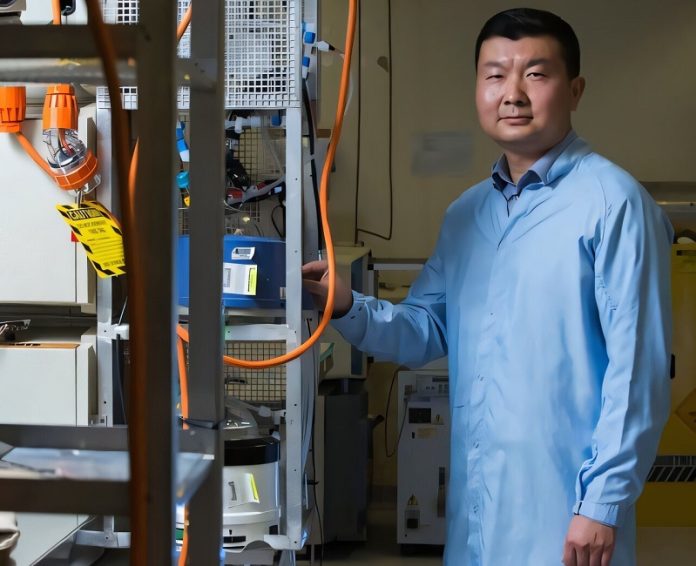
A new study from The Australian National University (ANU) has found that electric vehicles (EVs) and electric hot water systems could help turn cities into giant energy batteries.
By using these everyday devices in smart ways, Australian cities could support the electricity grid instead of straining it.
Lead author Dr. Bin Lu says cities are often seen as energy-hungry, but with more electrification, they could play a much more active role in managing energy.
The study, published in Renewable Energy, looked at Canberra (the ACT) as a test case.
It used data about electricity use, travel patterns, and maps of city layouts to find out how EVs and hot water systems could store and shift energy to when and where it’s most needed.
The results are impressive. If a city is fully electrified, each resident could have access to about 46 kilowatt-hours (kWh) of energy storage—roughly equal to three or four Tesla Powerwall home batteries.
On top of that, by simply adjusting the times when people charge their EVs or heat their water, each person could shift around 5 kWh of energy use each day to off-peak hours. That’s about one-third of the electricity the average person uses daily.
Dr. Lu points out that EVs are parked about 90% of the time, and this isn’t a drawback—it’s an opportunity. With better coordination, all these parked EVs could store energy during the day and release it when needed, helping to balance the grid.
However, the study also warns that if electric cars and appliances are used without planning, peak electricity demand could jump by more than 30%, leading to costly upgrades for the power grid. But if just half of that load is shifted to off-peak times, peak demand could be reduced significantly, lowering costs and making better use of solar energy.
The research also found that areas with lots of jobs—like busy city centers—could become “storage hotspots” where demand is high but flexible. These areas are ideal for smart charging at workplaces and programs that link thousands of small devices to act like one big battery.
Co-author Associate Professor Marnie Shaw says this is a big opportunity for cities like Canberra to lead the way in energy innovation. By using the electric systems we already have more wisely, we can avoid costly upgrades and support Australia’s shift to clean energy.



